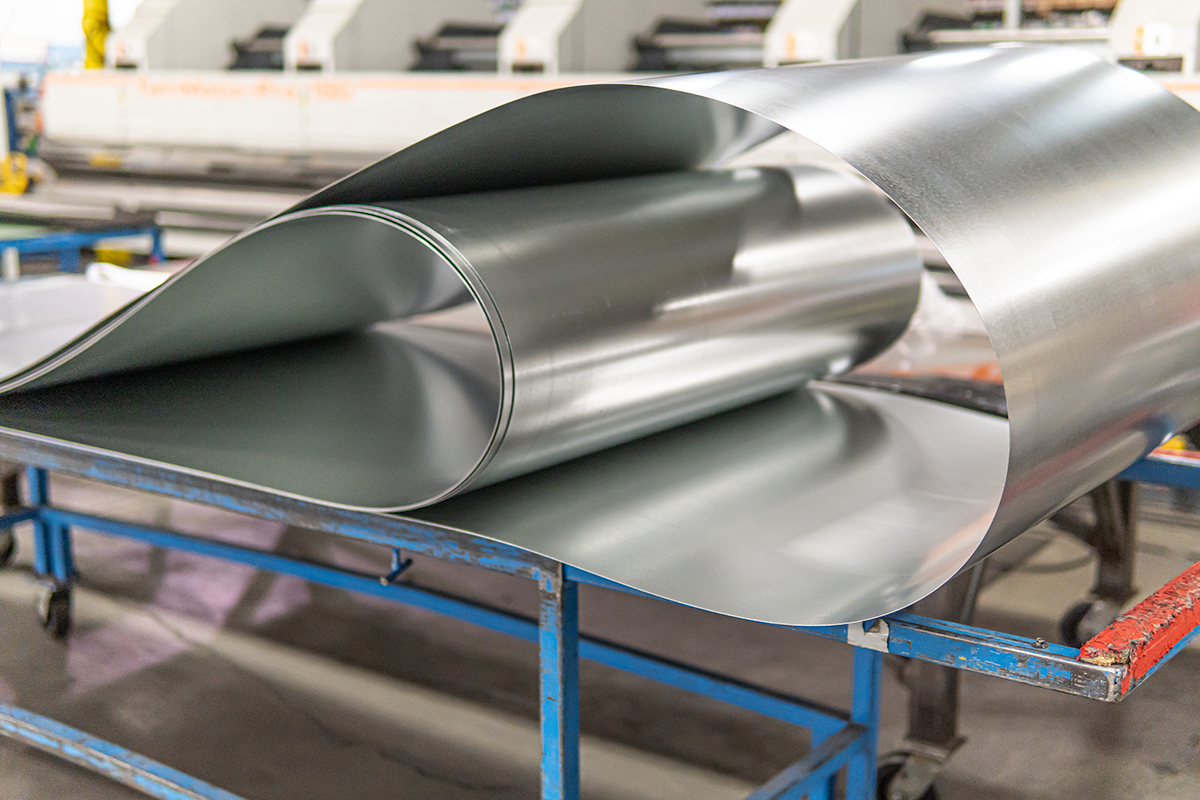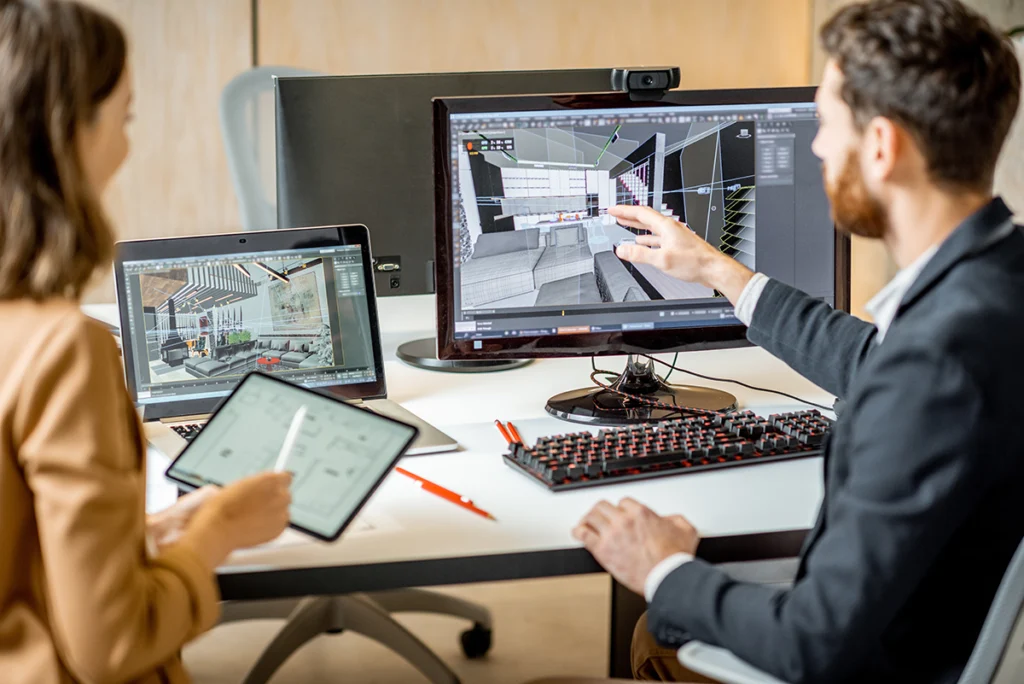Key Elements to Include in Shop Drawings
Published Date
Last Modified

- Key Elements to Include in Shop Drawings
- What are Key Elements to Include in Shop Drawings
- Understanding Shop Drawings in Construction
- The Role of Shop Drawings in Project Success
- Distinguishing Shop Drawings from Other Construction Documents
- Essential Components of Construction Shop Drawings
- Specialized Shop Drawings: Rebar and Mechanical
- The Creation and Review Process of Shop Drawings
- Leveraging Technology: BIM and Shop Drawing Services
- Request a Quote – Superior Shop Drawings
- Conclusion: The Value of Detailed Shop Drawings
What are Key Elements to Include in Shop Drawings
Key Elements of Shop drawings are a crucial part of any construction project. They provide detailed instructions for fabricators, contractors, and installers.
But what exactly are shop drawings in construction?
They are technical diagrams that show how a product or system should be manufactured, installed, or operated. They differ from architectural and engineering drawings, which are more about design and layout.
The importance of shop drawings cannot be overstated. They ensure accuracy in fabrication and installation, facilitate communication among stakeholders, and help verify field measurements and site conditions.
This article will delve into the key elements that should be included in shop drawings. Whether it’s construction shop drawings, rebar shop drawings, or mechanical shop drawings, we’ve got you covered.
We’ll also guide you on how to request a quote for superior shop drawing services. So, let’s get started.
Understanding Shop Drawings in Construction
In construction, shop drawings are vital. They are not merely technical diagrams but communication tools. These drawings ensure that projects stay on track.
Various professionals rely on these detailed drawings. Architects, engineers, and contractors need them for accurate guidance. Each one plays a specific role in translating designs into reality.
Generally, shop drawings include specifications for fabrication and installation. They detail measurements, materials, and procedures. Their precision is key to successful project execution.
Here’s what they typically contain:
- Detailed dimensions and layout plans
- Specifications for construction materials
- Notes on fabrication processes
- Installation instructions
- Equipment specifications
Shop drawings are more than just plans. They form a blueprint for action, ensuring all stakeholders are aligned. They help manage timelines, costs, and quality throughout the project lifecycle.
What Are Shop Drawings?
Shop drawings are specialized technical drawings used in construction. Unlike standard design plans, they focus on details specific to fabrication and installation.
Typically, shop drawings are created by manufacturers and fabricators. They translate design concepts into practical, buildable formats. These drawings are essential for ensuring accurate and efficient construction processes.
The precision of shop drawings helps avoid costly errors. They minimize misinterpretations by offering clear, detailed instructions. Effective shop drawings lead to successful installations that meet design specifications.
The Role of Shop Drawings in Project Success
Shop drawings play a crucial role in project success. They ensure that every component is accurately produced and installed as intended.
With detailed annotations, these drawings facilitate efficient communication among team members. This is critical for avoiding misunderstandings and potential project delays.
Shop drawings also provide a roadmap for quality control. They ensure compliance with standards and help keep projects within budget. Ultimately, they are indispensable for delivering a finished product that aligns with the original design vision.
Distinguishing Shop Drawings from Other Construction Documents
Shop drawings are often confused with other construction documents. However, they have distinct purposes and features. Understanding these differences is essential.
Architectural drawings focus on communicating design and aesthetics. They provide a broad view of the building’s appearance and layout. Engineering drawings, meanwhile, detail structural and mechanical systems. They ensure the building is safe and functional.
On the other hand, shop drawings translate these concepts into actionable instructions. They specify how each component should be manufactured or installed. This includes precise measurements and fabrication details.
Unlike design plans, shop drawings are not conceptual. They are detailed and practical, serving as a guide for constructors. This specificity is what sets them apart in the construction process.
Architectural vs. Engineering vs. Shop Drawings
Architectural drawings provide a building’s visual and spatial design. They focus on the overall form and style. In contrast, engineering drawings ensure building integrity.
Engineering plans highlight the structural, electrical, and plumbing systems. Both set the conceptual and structural framework.
Shop drawings bridge the gap between these plans and actual construction. They detail each part’s fabrication and installation. Thus, shop drawings translate design and engineering into physical form, enabling accurate construction.
Essential Components of Construction Shop Drawings
Shop drawings play a crucial role in ensuring that construction projects run smoothly. These detailed documents contain essential information to guide fabricators and on-site teams.
Accurate dimensions and precise detailing are paramount in these drawings. Without them, fabrication and installation errors can occur. Each component within the project must align with the design intent.
Construction shop drawings typically include various elements:
- Detailed dimensions for every component
- Connection and assembly instructions
- Material specifications and finishes
- Fabrication details
- Installation procedures and sequence
The inclusion of such details helps mitigate errors during construction. Having a comprehensive list ensures clarity and precision in the construction process.
These drawings serve as a communication tool among stakeholders. They ensure everyone is on the same page, facilitating smooth project progression.
Detailing and Dimensions
Precision is key in shop drawings. Every element must be accurately depicted. Detailing and dimensions ensure that components fit together seamlessly.
Dimensions inform fabricators of the exact measurements required. They outline the size and placement of each component.
Properly detailed drawings prevent costly mistakes. They allow workers to replicate the design accurately. This precision leads to time and cost efficiency on-site.
Material Specifications and Finishes
Material specifications are vital in shop drawings. They inform about the materials to be used. This includes type, quality, and properties.
Finishes add another layer of detail. They specify the texture, color, or coating of materials. This is crucial for aesthetics and protection.
Clearly defining these aspects helps avoid misunderstandings. It ensures that all components meet design and project standards. This guarantees both visual appeal and functionality.
Specialized Shop Drawings: Rebar and Mechanical
Specialized shop drawings, like rebar and mechanical, are critical in construction projects. They cater to specific components that require distinct detailing and precision.
Rebar shop drawings play a pivotal role in reinforcing concrete structures. They display the precise layout of rebar placements, ensuring structural integrity.
Mechanical shop drawings cover systems like HVAC and plumbing. These systems demand meticulous design and installation details for efficiency.
Both types provide essential guidance:
- Exact placement and orientation details
- Comprehensive connection and joint details
- Specific instructions for installation sequences
- Material type and size specifications
- Quality control measures
These specialized drawings help prevent structural failures and system malfunctions. They contribute to the safe and effective operation of building systems.
Rebar Shop Drawings: Key Elements
Rebar drawings are indispensable for reinforcing construction projects. They map out exact placements for reinforcing bars in concrete.
A rebar drawing includes detailed layouts and bar lists. These show lengths, bends, and lap splices. Clarity in these details ensures that structural loads are met.
Additionally, annotations specify bar types and grades. These details contribute to the structure’s strength and longevity. Precision in rebar shop drawings underpins the entire building’s safety.
Mechanical Shop Drawings: HVAC, Plumbing, and More
Mechanical shop drawings address complex systems like HVAC, plumbing, and electrical installations. These systems require intricate coordination and detail.
An HVAC drawing outlines ductwork and ventilation paths. Plumbing drawings show piping routes and fixture locations. Electrical layouts ensure power delivery and lighting plans.
These drawings must detail coordination among various systems. Proper alignment and integration are crucial. They ensure efficient operation without clashes or interferences. This precision promotes reliable and functional building services.
The Creation and Review Process of Shop Drawings
Creating shop drawings is a collaborative effort involving multiple stakeholders. These drawings translate design intent into actionable details for fabricators and installers.
Typically, draftsmen, engineers, and architects contribute to the development. They ensure alignment with project specifications and standards.
The creation process includes several essential steps:
- Gathering specifications and guidelines from project documents
- Developing preliminary drawings with detailed notes and measurements
- Iterative reviews to refine accuracy and clarity
- Finalizing the drawings after stakeholder input
Review and approval are crucial for ensuring that shop drawings meet all requirements. Revisions often occur to address any discrepancies or improvements. This iterative process helps avoid errors during fabrication.
Ultimately, the collaborative nature of creating and reviewing shop drawings fosters clear communication. This teamwork ensures the project’s success through aligned expectations and technical accuracy.
Who Creates Shop Drawings?
Shop drawings are typically crafted by specialized professionals in the construction industry. Draftsmen and detailers, often with engineering backgrounds, play key roles.
These experts translate design visions into precise technical drawings. They use specialized software to enhance accuracy and efficiency. Close coordination with architects and engineers is vital in this process. Their expertise ensures that drawings meet project specifications and comply with industry standards.
The Importance of Review and Approval
Reviewing and approving shop drawings is a critical stage in construction projects. This step ensures that every detail aligns with the architect’s and engineer’s intent.
Errors in shop drawings can lead to costly onsite corrections. Thus, a thorough review helps avoid misinterpretations and installation issues. Stakeholders, including architects, engineers, and contractors, engage in this process.
Their collective input guarantees that the drawings are complete and precise before moving to fabrication. This ensures seamless project execution and upholds quality standards.
Leveraging Technology: BIM and Shop Drawing Services
The integration of technology revolutionizes the creation and management of shop drawings. Building Information Modeling (BIM) plays a pivotal role in this transformation.
BIM enhances the accuracy and detail in shop drawings. With 3D modeling, stakeholders visualize the construction before it begins. This leads to better coordination among the project team. Conflicts and errors are identified early, reducing rework and delays.
Shop drawing services now frequently use advanced software tools. These tools improve precision and streamline updates. Outsourcing to specialized providers can offer advantages in expertise and resources. These experts stay abreast of the latest technology trends. It ensures high-quality outcomes for complex projects.
When selecting a service provider, consider their experience and familiarity with BIM systems. It’s crucial to ensure they can handle the specific requirements of your project with efficiency.
The Impact of BIM on Shop Drawings
Building Information Modeling (BIM) significantly enhances shop drawing creation. It introduces a shift from 2D to 3D, offering greater visualization and precision.
With BIM, potential clashes are identified early. This early detection minimizes costly errors during the construction phase. BIM promotes seamless integration of design data across all project stages. It enhances collaboration among architects, engineers, and contractors.
Ultimately, BIM enables more informed decision-making. It enhances project efficiency and results in higher-quality builds.
Choosing the Right Shop Drawing Services
Selecting the right shop drawing service provider is crucial for project success. Evaluate their expertise and track record in handling similar projects.
Review their familiarity with current technology and industry standards. Consider their capacity to deliver within tight schedules. A provider that offers customized solutions tailored to your project’s needs is ideal.
Effective communication is key. Ensure that the service maintains transparent and clear interaction throughout the project. Thorough research and careful consideration can lead to a successful partnership, ensuring high-quality results.
Request a Quote – Superior Shop Drawings
Requesting a quote for shop drawings is a crucial step in planning your construction project. It ensures that you have a clear understanding of the costs involved. This process also helps in selecting a provider that meets your project requirements.
When seeking a quote, ensure you include all necessary project details. Providing specific information will lead to more accurate pricing. Remember, a well-detailed request saves time and helps prevent misunderstandings.
Engaging with reputable shop drawing services ensures quality and reliability. They will offer insights into the best practices and technologies. This will assist in achieving superior project outcomes.
Steps to Request a Quote
Begin by identifying qualified shop drawing service providers. Research their expertise and past projects to ensure they align with your needs.
Next, communicate the scope of your project clearly. Provide comprehensive project details, including timelines and special requirements. This allows for an accurate and tailored quote.
Follow-up is essential. Maintain open lines of communication after submitting your request. This ensures clarity on all technical aspects and can expedite the quoting process.
What to Expect from Superior Shop Drawing Services
Opting for superior shop drawing services guarantees precision and quality. These services use advanced software and technologies for enhanced accuracy.
Expect timely delivery of shop drawings, crucial for maintaining project schedules. Professionals will ensure compliance with industry standards and regulations. This adherence minimizes risks and supports successful project execution.
Superior services often include revisions and updates as your project evolves. This adaptability ensures the shop drawings remain aligned with on-site conditions and project changes.
Conclusion: The Value of Detailed Shop Drawings
Detailed shop drawings are essential for any successful construction project. They ensure that all project components are precisely documented. This documentation helps prevent costly errors and delays.
Shop drawings improve communication among all stakeholders. Clear drawings facilitate better coordination and collaboration. This results in more efficient and effective project execution.
Investing in quality shop drawings enhances project outcomes. By leveraging professional services, you can achieve greater accuracy and compliance. This commitment ultimately supports the integrity and sustainability of your construction projects.


